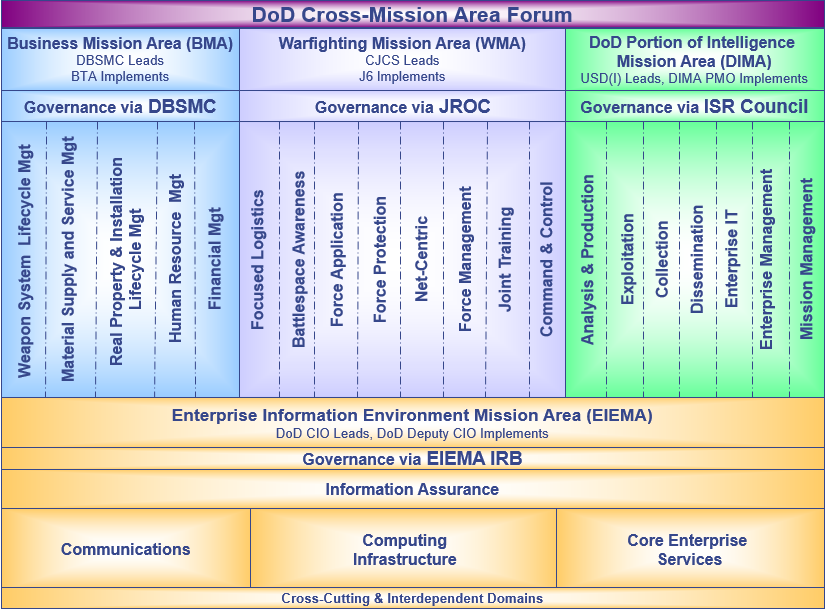Achieving the goals of the Department of Defense requires a fundamental change in the way IT is managed in the Department. Historically, IT resources have been managed and acquired as stand-alone systems rather than as integral parts of a net-centric capability. This has had the effect of allowing duplicative investment in systems or platforms that deliver the same or similar capabilities, limiting the ability to share information or fully incorporate Doctrine, Organization, Training, Materiel, Leadership, Personnel and Facilities (DOTMLPF) factors. Managing portfolios of capabilities aligns IT with the overall needs of the warfighter, as well as the intelligence and business activities that support the warfighter. In support of Enterprise, Mission Area, and Sub-portfolio concepts, goals, measures, and integrated architectures, this Instruction describes the fundamental concepts necessary to align IT with National Security and defense outcomes.

IT Portfolio Management (ITPfM) is a natural fit for RiVidium. From the beginning, when DoD Instruction 8115.02, October 30, 2006, was released, RiVidium has worked closely with CIO’s to ensure portfolio redundancies do not sneak into the Enterprise. RiVidium understands how the Clinger Cohen Act affects departments across the Department of Defense (DoD). To that end, RiVidium developed the Enterprise Architecture Automated Framework (EA2F). EA2F is a framework that conducts the four key activities needed to ensure portfolios align with the Enterprise Vision:
- Integrated Architecture: catalogs and queries all available architectures in the Enterprise
- Baseline Inventory: conducts a baseline assessment based on the architectures defined in the Enterprise
- Investment Selection: selects the proper IT investments based on the baseline inventory
- Transition Plan: recommends the best transition plan for maintaining/retiring redundant IT investments
EA2F uses four dashboards to conduct the key activities mentioned above. These dashboards allow the portfolio managers and program managers to work in tandem to satisfy the DoD ITPFM initiatives. These dashboards are based on a continuous cycle and they include:
- Analysis
- Goals & Measures
- Capability Needs
- Gaps & Opportunities
- Selection
- Investment Criteria
- Trade-offs
- Best Mix
- Control
- Alignment
- Integration
- Oversights
- Evaluation
- Performance Measures
- Evaluation criteria
- Feedback
For more information about EA2F and its capabilities download our white paper:Using the Department of Defense Information Enterprise Architecture (DoD IEA) as a Black-Box